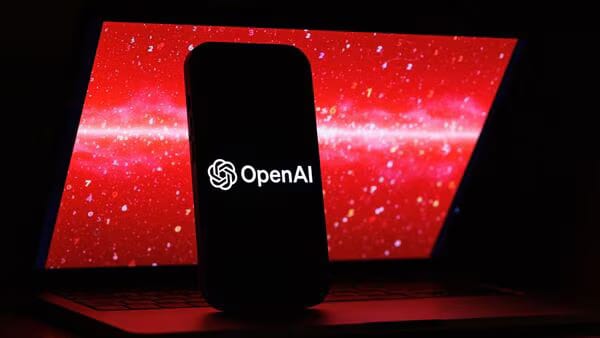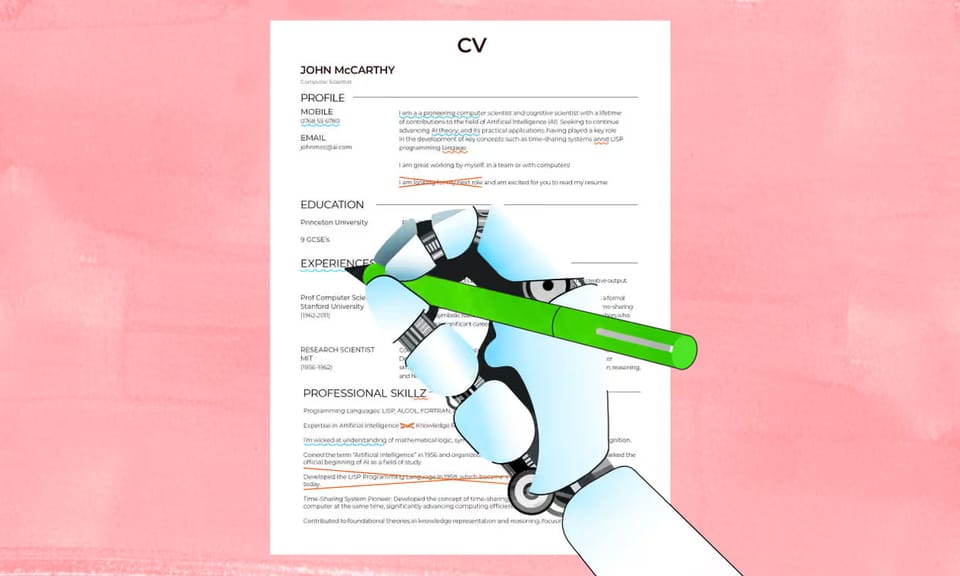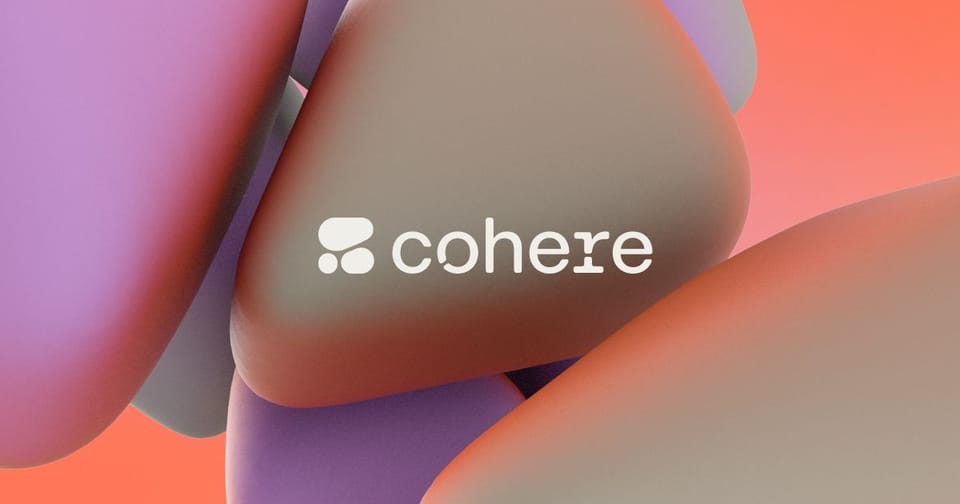AI Taking Over?
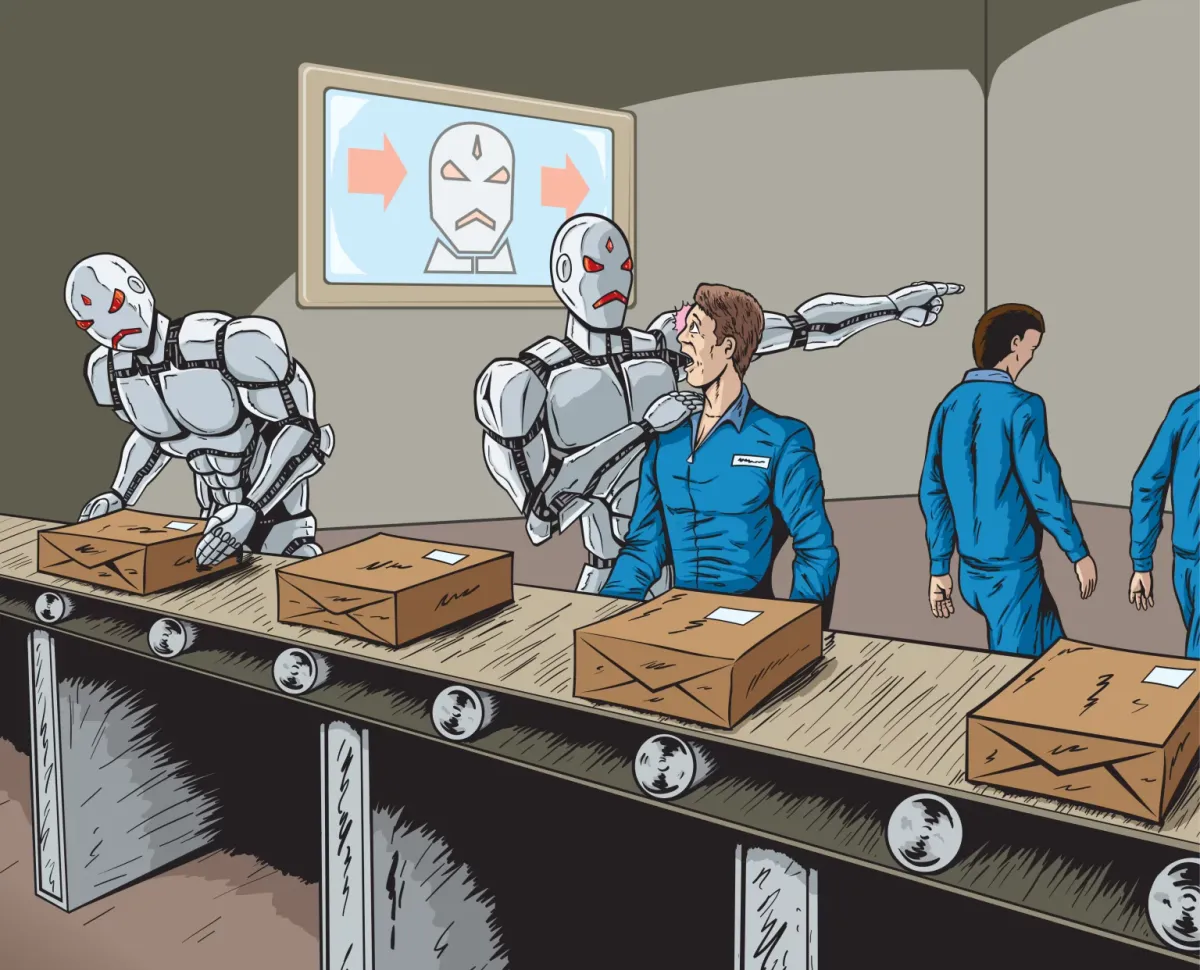

AI is everywhere: stealing jobs, making skincare, flipping burgers, and even refereeing NFL games (but don’t worry, bad calls are still a thing). Shopify’s out here collecting AI talent like Pokémon, Amazon’s turning warehouses into sci-fi movies, and Stallone’s voice is back from the great beyond.
So, grab a coffee (or let AI order it for you), and let’s dive into the wild world of business, tech, and everything in between.
Enjoy the read!
Business & Finance
Shopify’s AI Talent Grab, Corporate Hunger Games?
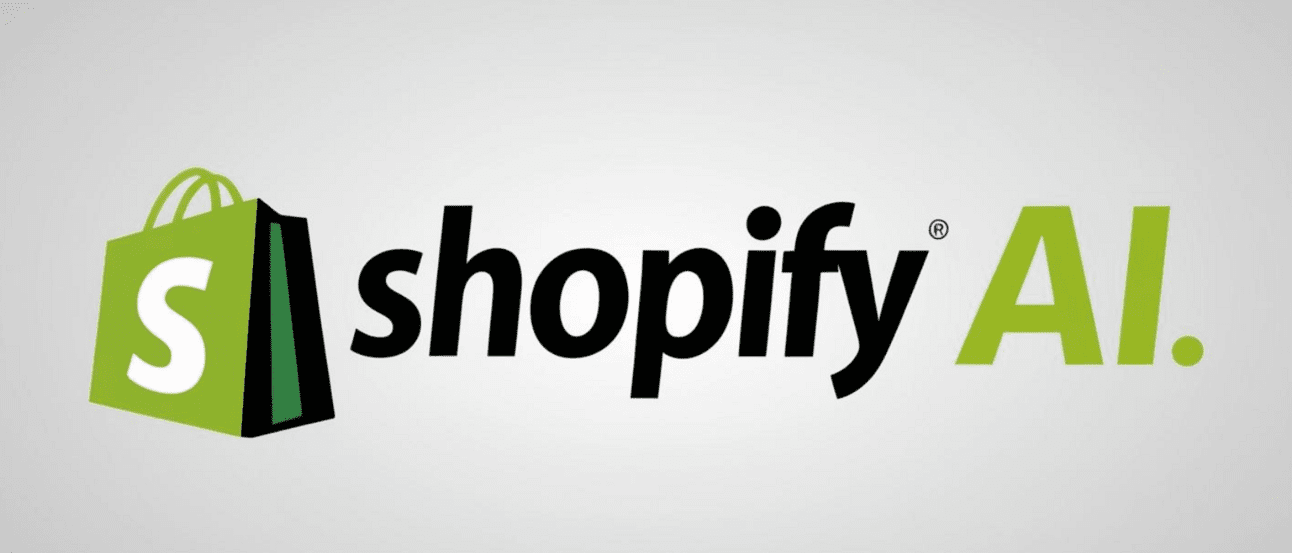
Shopify has quietly "acquired" six AI startups, snapping up top talent like Nicolas Grasset (Peel Insights) and Ray Reddy (Ritual). Instead of billion-dollar buyouts, they're making small, strategic moves to build an AI powerhouse. Smart, sneaky, and very Silicon Valley.
Why does this matter? AI is the new gold rush, and Shopify is stockpiling the best minds to future-proof its business. For companies, this is a lesson: adapt fast, or watch your competition eat your lunch.
For employees? If you're an AI expert, congrats. You’re basically a rockstar. For everyone else, time to brush up on AI before someone using it takes your job.
Tech
Amazon Bets Big on AI, Robots Take Over Warehouses
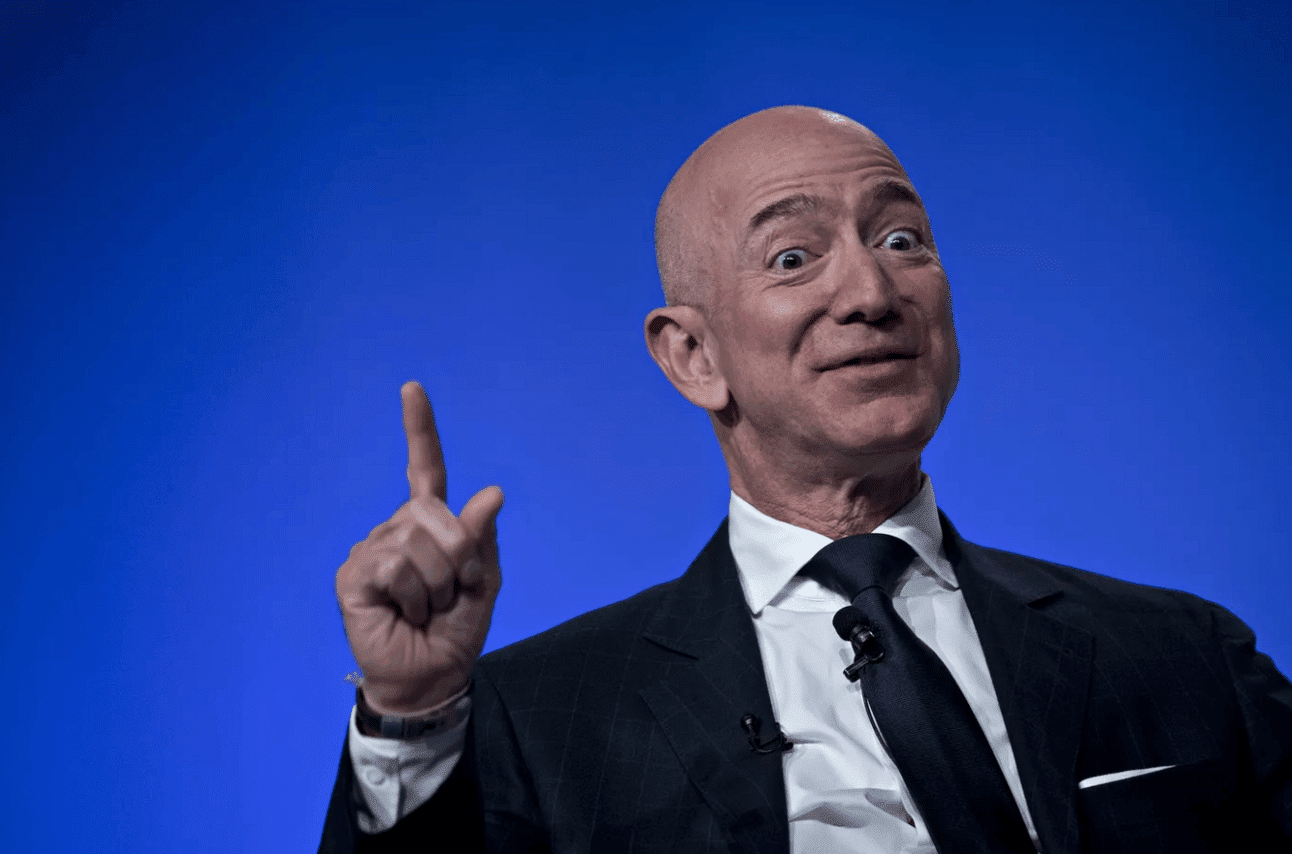
Amazon just dropped a bombshell: up to $25 billion is going into AI-powered automation, with warehouses leading the charge. Their Shreveport facility is already cutting costs with robots, proving that the future of fulfillment is fewer humans and more machines. Amazon says it’s creating new jobs, just not the kind you’re used to.
Why? Because Big Tech is gutting old expenses to fund AI supremacy, Amazon and Meta are slashing budgets (and jobs) while throwing billions at artificial intelligence. The message is clear: AI isn't just the future; it's where the money is now.
The irony? While robots replace warehouse workers, Amazon says humans are still needed to train, maintain, and code the AI overlords. So next time your package arrives lightning fast, thank the bots… and maybe the handful of humans still keeping them in check.
Entertainment
AI Resurrects a Voice: Brilliant or Creepy?

Sylvester Stallone’s latest film, Armor, uses AI to recreate the voice of his late French dubbing artist, Alain Dorval. London-based ElevenLabs cloned Dorval’s voice with his family’s blessing, keeping his iconic tone alive. Love it or find it eerie, AI is now bringing actors back without needing a séance.
Fans call it a touching tribute, but critics worry about AI turning the industry into a digital ghost town. As Hollywood leans into AI, debates heat up over consent, artistry, and where to draw the line. If AI can mimic anyone, what’s stopping studios from bypassing living actors altogether?
For now, audiences get a nostalgic trip; AI makes old voices new again. But the bigger question looms: Are we honoring legends or just playing god with tech? Either way, Stallone’s voice may not be the only one refusing to fade into history.
Beauty
AI Meets Beauty: L’Oréal’s Big Bet on Sustainable Cosmetics

L’Oréal just teamed up with IBM to use generative AI for creating eco-friendly beauty products. The AI will help reformulate cosmetics using renewable materials, cutting waste and energy use. Basically, your future moisturizer might be brought to you by algorithms that care about the planet.
This isn’t just a tech flex—it’s a major shift toward sustainable beauty. The AI digs through massive datasets to design greener formulas faster and smarter. Translation: more personalized, eco-friendly products hitting shelves sooner.
Why does this matter? AI-driven beauty could make sustainability the new industry standard. Expect more brands to jump on board, giving you guilt-free glam. Who knew the future of skincare involved both science and saving the world?
Fashion
AI Model Replaces Human, Fashion's Future or a Gimmick?
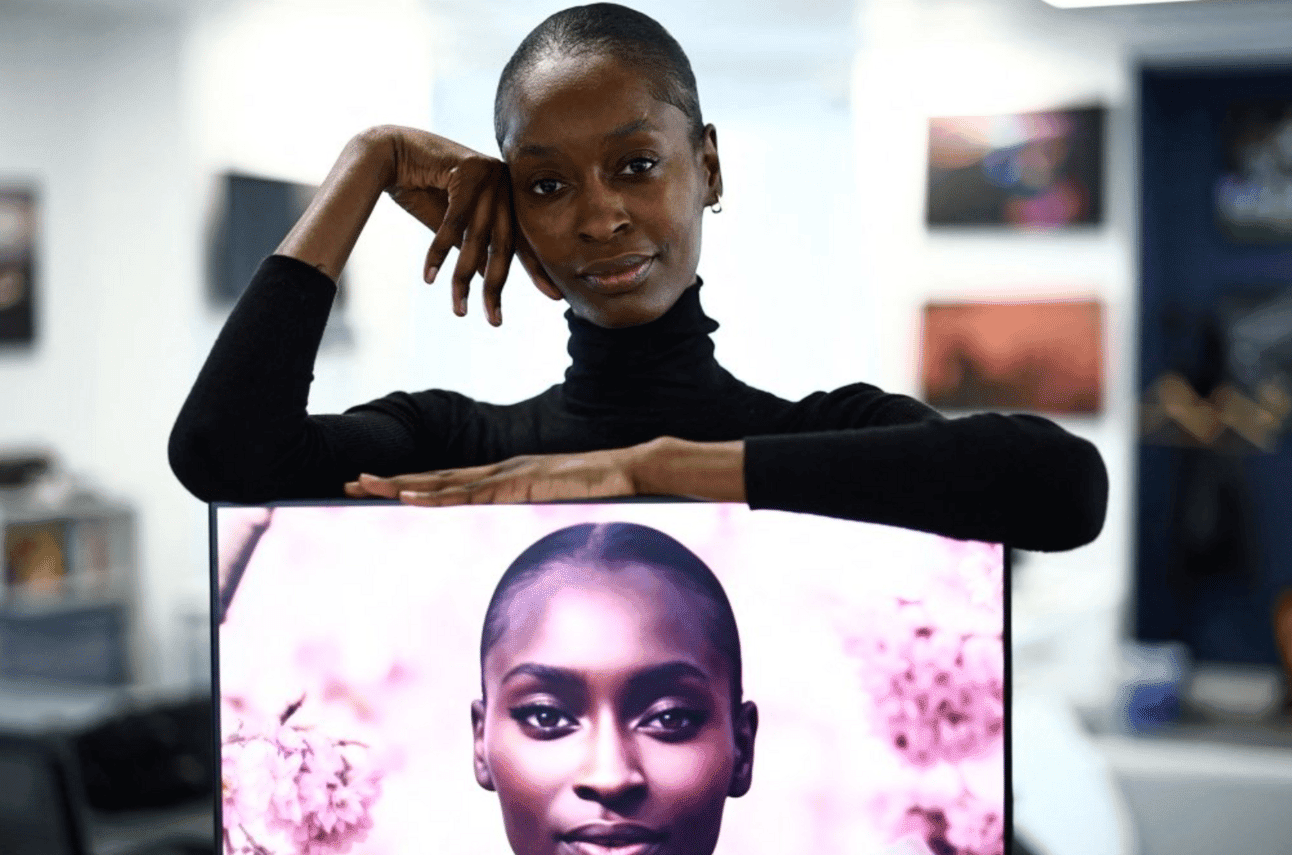
A London-based model, Alexsandrah Gondora, just unveiled an AI version of herself for fashion shoots, meaning brands can book her digital twin instead of the real deal. It’s efficient, cost-cutting, and borderline dystopian, raising big questions about whether human models are on their way out. Is this the future of fashion or just a high-tech gimmick?
AI-generated models are booming, with companies like Lalaland.ai creating diverse digital avatars to make fashion more inclusive. But critics argue that replacing real models could strip the industry of authenticity—and, more importantly, take away jobs. Because let’s be real, no AI can match the charm of a human strut.
As fashion embraces AI, the line between innovation and erasure gets blurry. While digital models bring convenience, they also force us to rethink creativity, artistry, and the human touch. Would you buy from a brand whose models’ aren’t even real?
Health
AI Just Entered Your Doctor's Office, No Appointment Needed
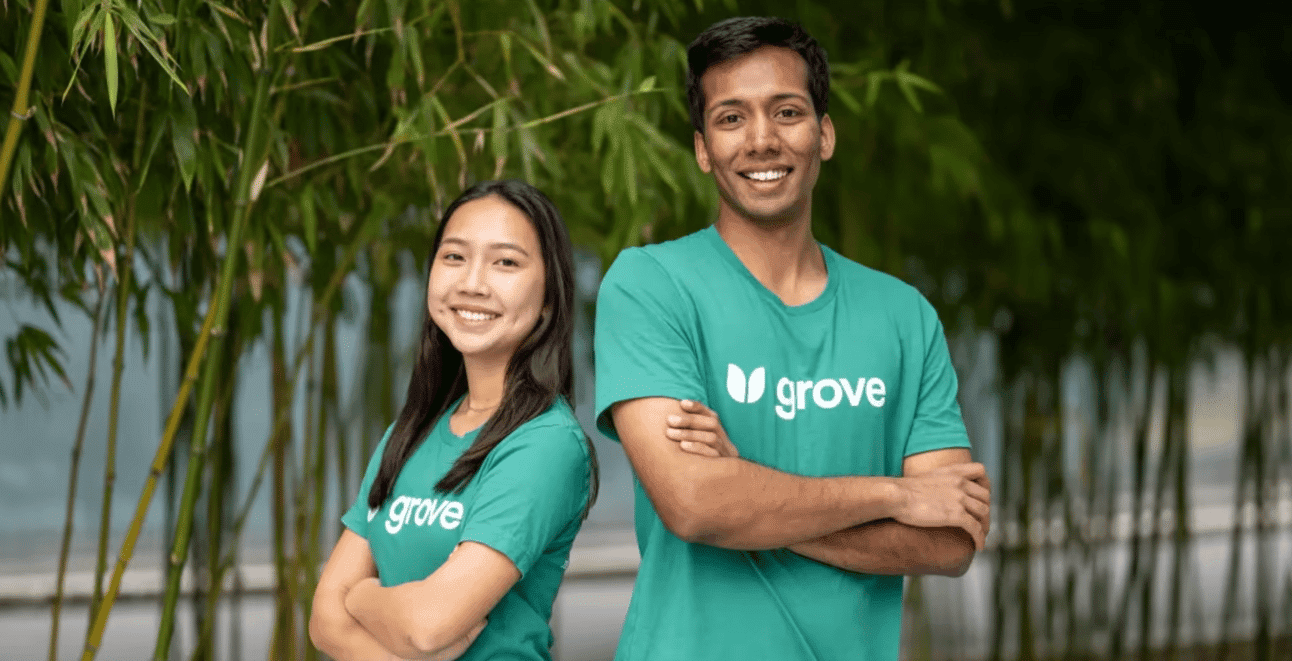
AI-powered assistants named Grace, Max, and Tom have begun handling tedious tasks like booking appointments, screening patients, and compiling medical histories, hoping to ease healthcare worker burnout. Companies such as Grove AI and Infinitus Systems claim these agents could revolutionize patient care, although skeptics warn we might be putting too much trust in robots.
While it's exciting (and a bit creepy) to think AI could soon be managing your medical records, experts stress the importance of careful oversight to ensure accuracy and patient privacy. As one skeptic humorously remarked, "Let's just hope your next diagnosis doesn't come from an AI trained mostly on cat memes.”
Food & Beverage
AI at the Drive-Thru: Wendy’s Goes All In

Wendy’s is doubling down on AI, expanding its FreshAI voice assistant to 500-600 drive-thrus by 2025. Teaming up with Google Cloud, the fast-food chain promises faster, more accurate orders because who doesn’t love a robot that actually listens?
Not everyone is thrilled; some customers fear awkward AI miscommunication (imagine ordering fries and getting a Frosty). But Wendy’s CEO is all in, hinting at AI taking over all 6,000 locations if things go well. Guess human cashiers might need a Plan B.
Love it or hate it, AI in fast food is here to stay. Will it revolutionize service or make us miss the good ol’ “Would you like fries with that?” Either way, your next drive-thru chat might be with a bot.
Sports
🏈 AI vs. NFL Refs: Who’s Really Calling the Shots?

The NFL is testing Sony's Hawk-Eye AI to improve first-down calls after a controversial ruling in the AFC Championship game left fans fuming. While AI can track the ball with pinpoint accuracy, the league insists human refs will still make the final call.
This tech aims to speed up decisions and reduce errors, but don’t expect robots to throw flags just yet. NFL execs say AI will assist, not replace, human judgment. So yes, refs will still be blamed for bad calls. The future of officiating? A high-tech partnership where AI crunches numbers and refs take the heat.
Gaming
🎮 AI in Gaming: Microsoft’s Muse Sparks Debate

Microsoft just dropped Muse, an AI that understands 3D environments and can generate game content in real time. Trained on Bleeding Edge, it’s meant to speed up game development, but not everyone’s thrilled. Some see innovation; others see AI stealing the soul of gaming.
Satya Nadella calls it a "massive moment of wow," but many developers aren’t buying it. They worry Muse could replace jobs and make games feel lifeless. AI in gaming: the next big thing or the next big mistake?
This isn’t just about gaming; it’s about AI reshaping creative work. Will AI enhance human creativity or kill it? Either way, this battle is just getting started.
Travel & Transportation
Google’s Pixel Phones Are Now Subway Doctors?
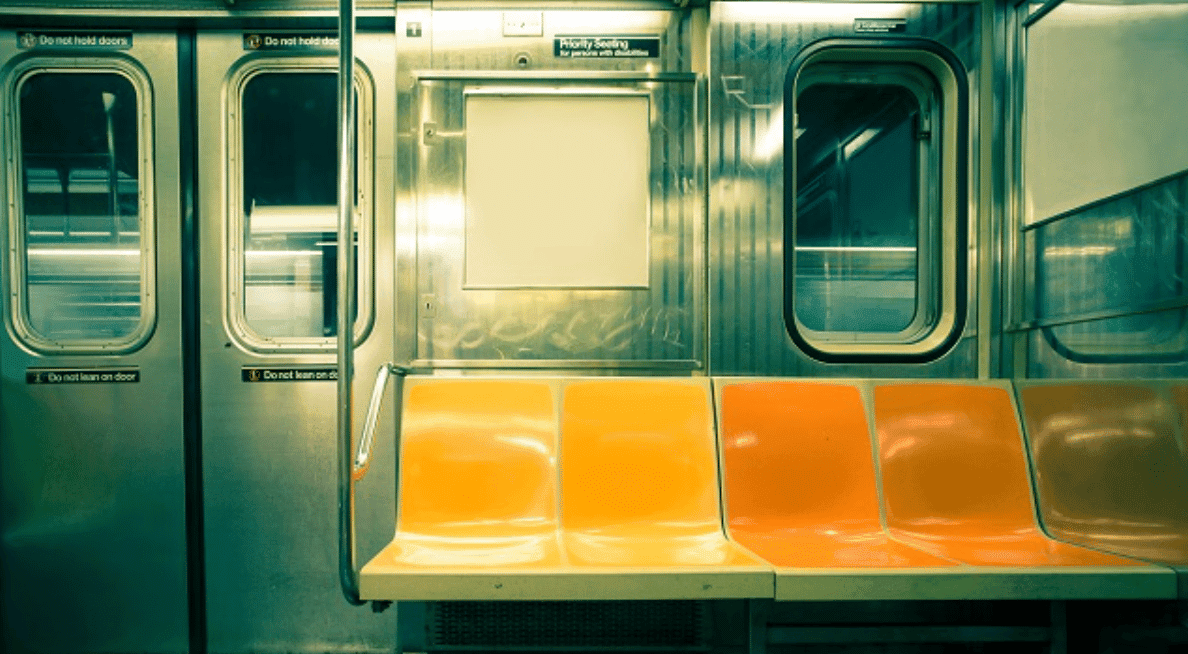
New York’s MTA and Google just turned Pixel smartphones into track inspectors, and yes, it’s as wild as it sounds. These phones, strapped to subway cars, use AI to detect track defects with 92% accuracy because, apparently, your phone can now diagnose infrastructure problems, too. This pilot program is already getting a bigger rollout, proving that sometimes, the best tech fixes come from what’s already in your pocket.
For cash-strapped transit systems, this is a game-changer: cheap, scalable, and way better than waiting for something to break. Google is now building a pro version of this tech for inspectors, meaning fewer delays (and hopefully fewer "train traffic ahead" announcements). If this works, other cities might copy NYC’s playbook and let AI keep trains running on time.
So, next time you're stuck underground, just remember: AI is listening, diagnosing, and hopefully fixing the problem before your patience runs out. Who knew your smartphone could have a side hustle as a subway medic?

